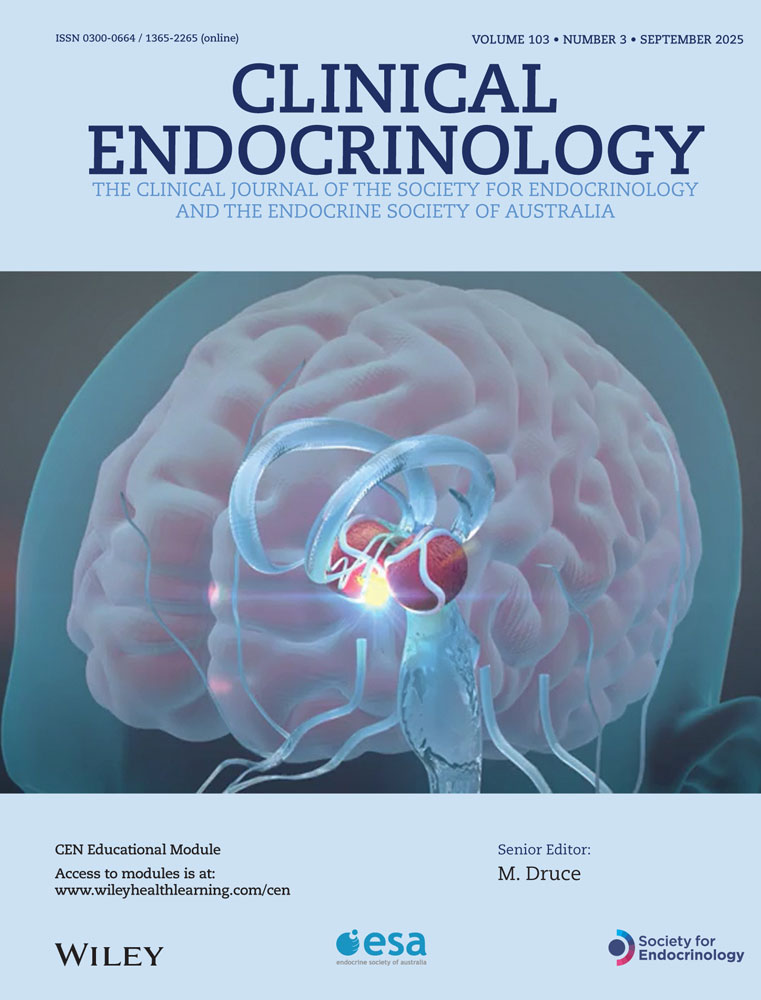Normal final height and apparent cure after pituitary irradiation for Cushing's disease in childhood: long-term follow-up of anterior pituitary function
Abstract
Pituitary-dependent Cushing's syndrome is rare in childhood. Two patients are reported who had unsuccessful transsphenoidal microadenomectomy and therefore underwent pituitary radiotherapy. In both patients there was progressive normalization of hypothalamo–pituitary–adrenal function and at 8 and 10 years after radiotherapy their Cushing's syndrome remained in remission clinically and biochemically. Most importantly, they have both achieved adult heights within their respective expected ranges with close clinical observation and replacement growth hormone therapy. Thyroid and gonadal function is normal and neither patient requires any other hormone replacement therapy. Pituitary radiotherapy is thus a safe, effective and well tolerated second-line therapy for paediatric Cushing's disease. Collaboration between the paediatric and adult departments and an experienced radiotherapist contributed to the successful outcome of these two patients.




